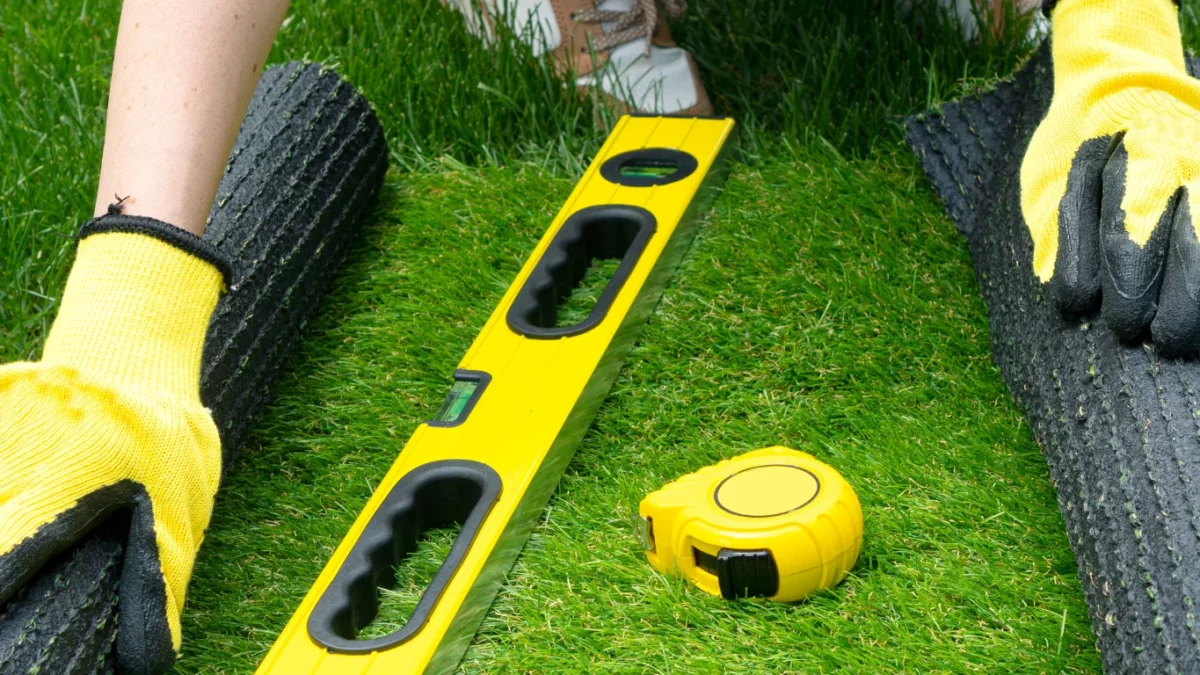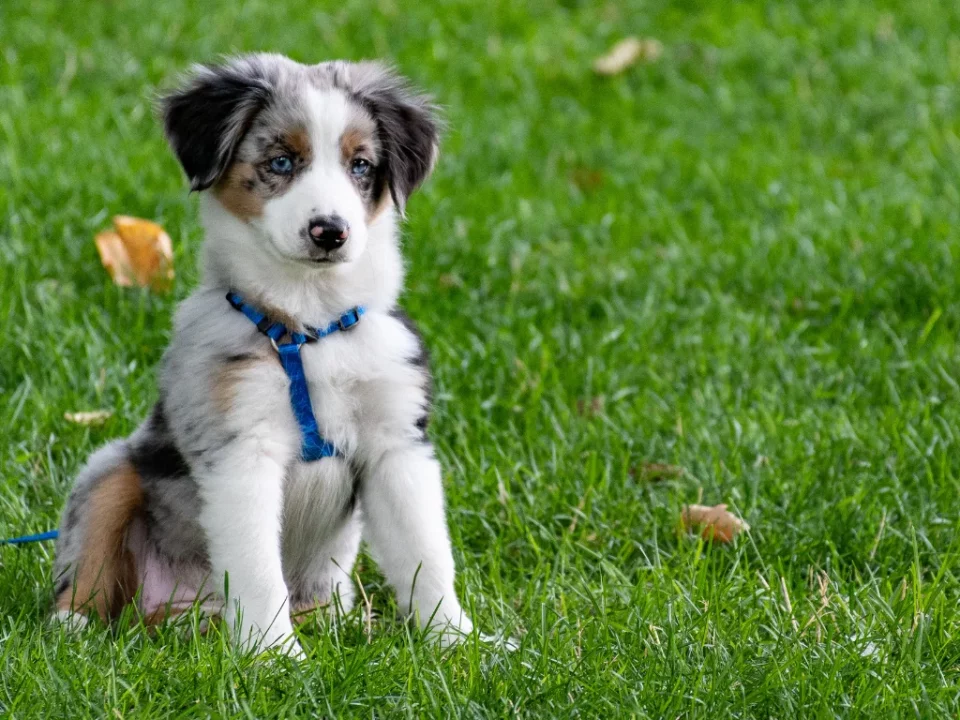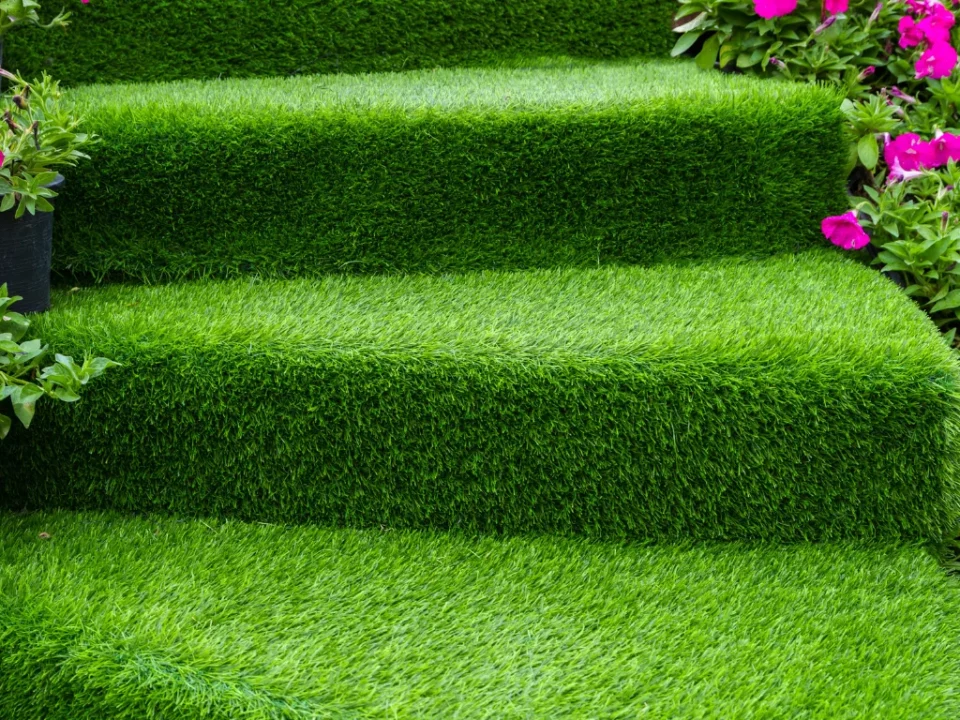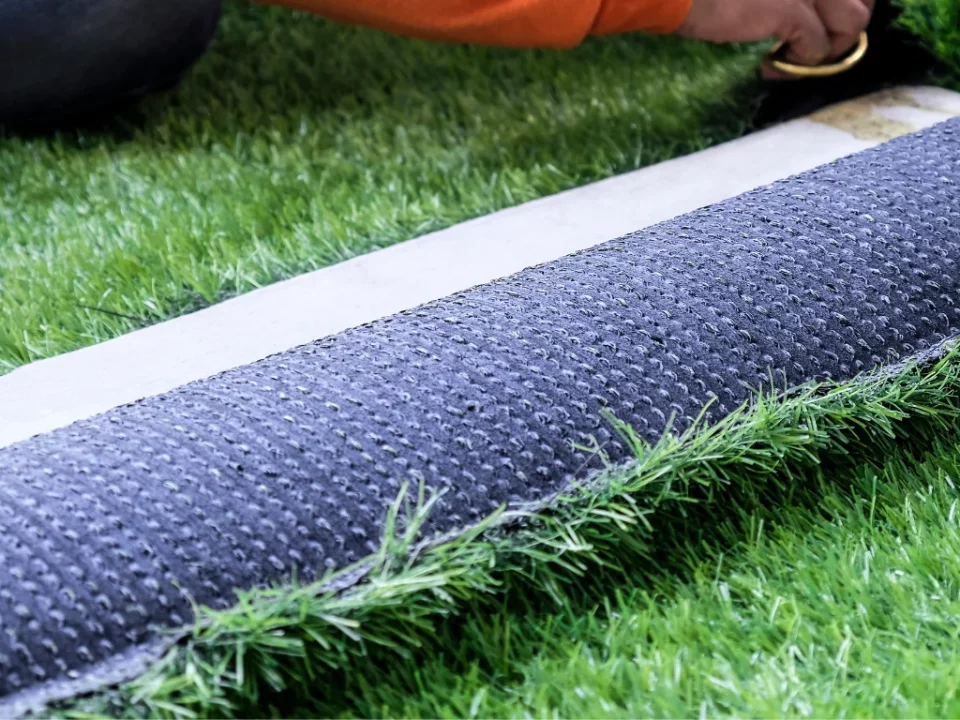Artificial grass is an excellent solution for homeowners looking to maintain a lush, green lawn without the hassle of regular maintenance. However, achieving a professional and long-lasting finish starts with proper preparation. Preparing your yard for artificial grass installation is a crucial step to ensure a smooth, even surface and enhance the durability of the turf. With the right preparation, you can create a flawless outdoor space that stays attractive for years.
Clearing and Leveling Your Yard for Artificial Grass Installation
The first step in preparing your yard for artificial grass installation is to clear the area thoroughly. Begin by removing any existing grass, weeds, or vegetation. This can be done manually with a shovel or using a sod cutter for larger areas. It’s essential to eliminate all organic material to prevent future growth beneath the artificial turf. Once the vegetation is removed, check for any large rocks, roots, or debris that could affect the surface’s smoothness.
After clearing the area, focus on leveling the ground. An even surface is crucial for preventing lumps and dips that can cause drainage issues or uneven wear. Use a rake to smooth the soil, removing any bumps or holes. For optimal results, you may need to add a layer of crushed stone or decomposed granite. This base layer provides stability and ensures proper drainage, which helps prevent water from pooling beneath the artificial grass.
Compacting the base is another essential step. Using a plate compactor or hand tamper, press the base layer firmly to create a solid foundation. This process helps to reduce shifting over time and provides a stable surface for the artificial turf. Aim for a compacted base of at least three to four inches in depth to support the grass and improve its longevity.
Installing a Weed Barrier and Ensuring Proper Drainage
Once the ground is level and compacted, it’s time to install a weed barrier. This layer prevents weeds from growing through the artificial grass, which helps maintain a clean and attractive surface. Choose a high-quality, breathable weed barrier fabric to allow water to drain while blocking unwanted vegetation. Spread the fabric evenly across the prepared area, securing it with landscape staples to keep it in place.
Proper drainage is essential for maintaining the functionality and appearance of your artificial grass. Without adequate drainage, water can pool on the surface, leading to mold or mildew growth. To ensure effective drainage, verify that the ground slopes slightly away from your home or other structures. This allows rainwater to flow naturally. If your yard lacks natural drainage, consider installing a perforated pipe system beneath the turf to channel excess water.
After addressing drainage and installing the weed barrier, double-check the surface for any irregularities. Make any necessary adjustments to the base to ensure the area is smooth and compact. This final inspection is crucial before laying the artificial grass, as it sets the stage for a flawless finish.
Preparing your yard for artificial grass installation is a critical process that ensures long-term durability and a visually appealing outcome. By carefully clearing, leveling, and addressing drainage needs, you create a solid foundation for your artificial grass. With the right preparation, your new lawn will provide years of low-maintenance beauty and functionality.
Read More:
Artificial Grass Installation Made Easy: Tips for a Perfect Lawn






